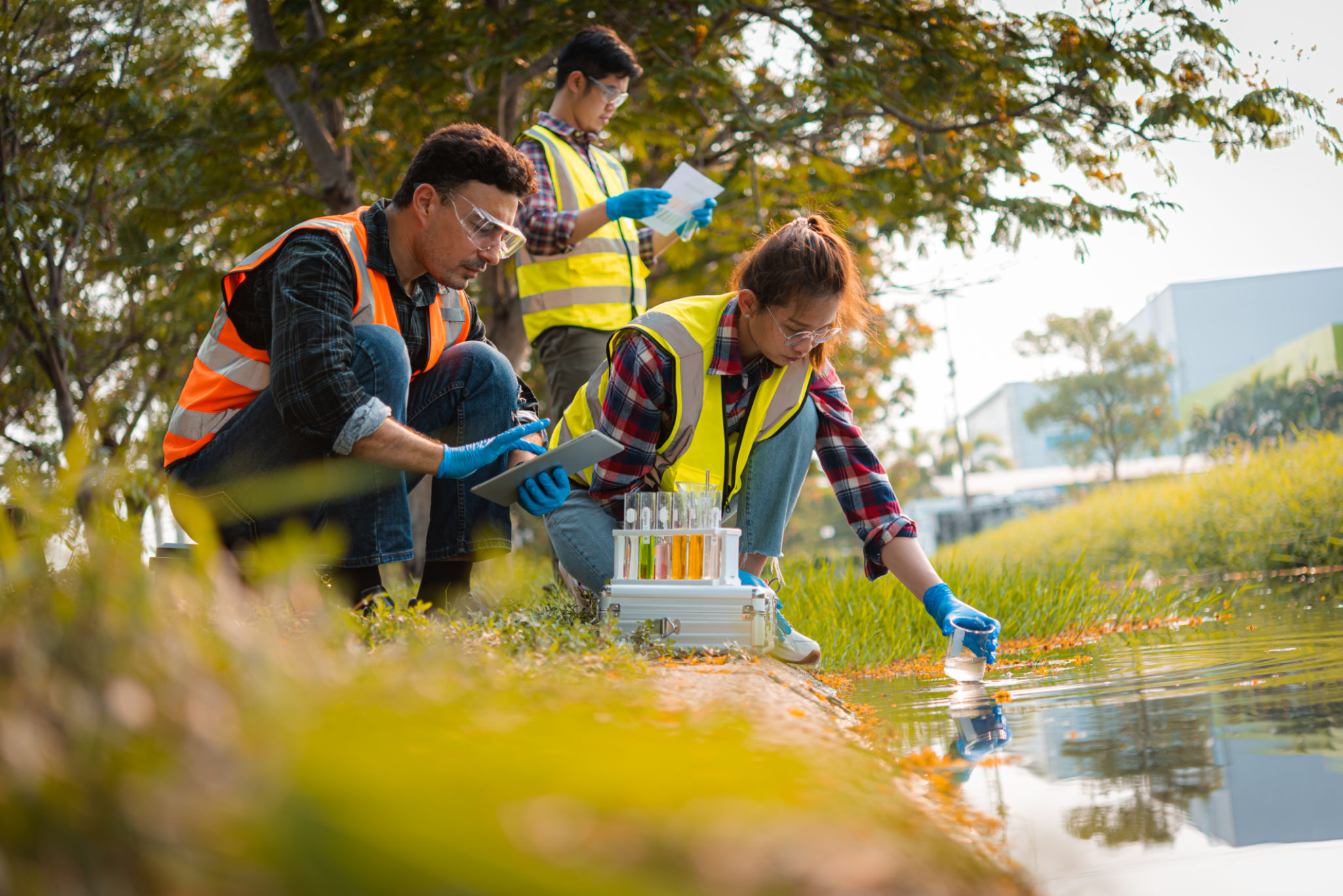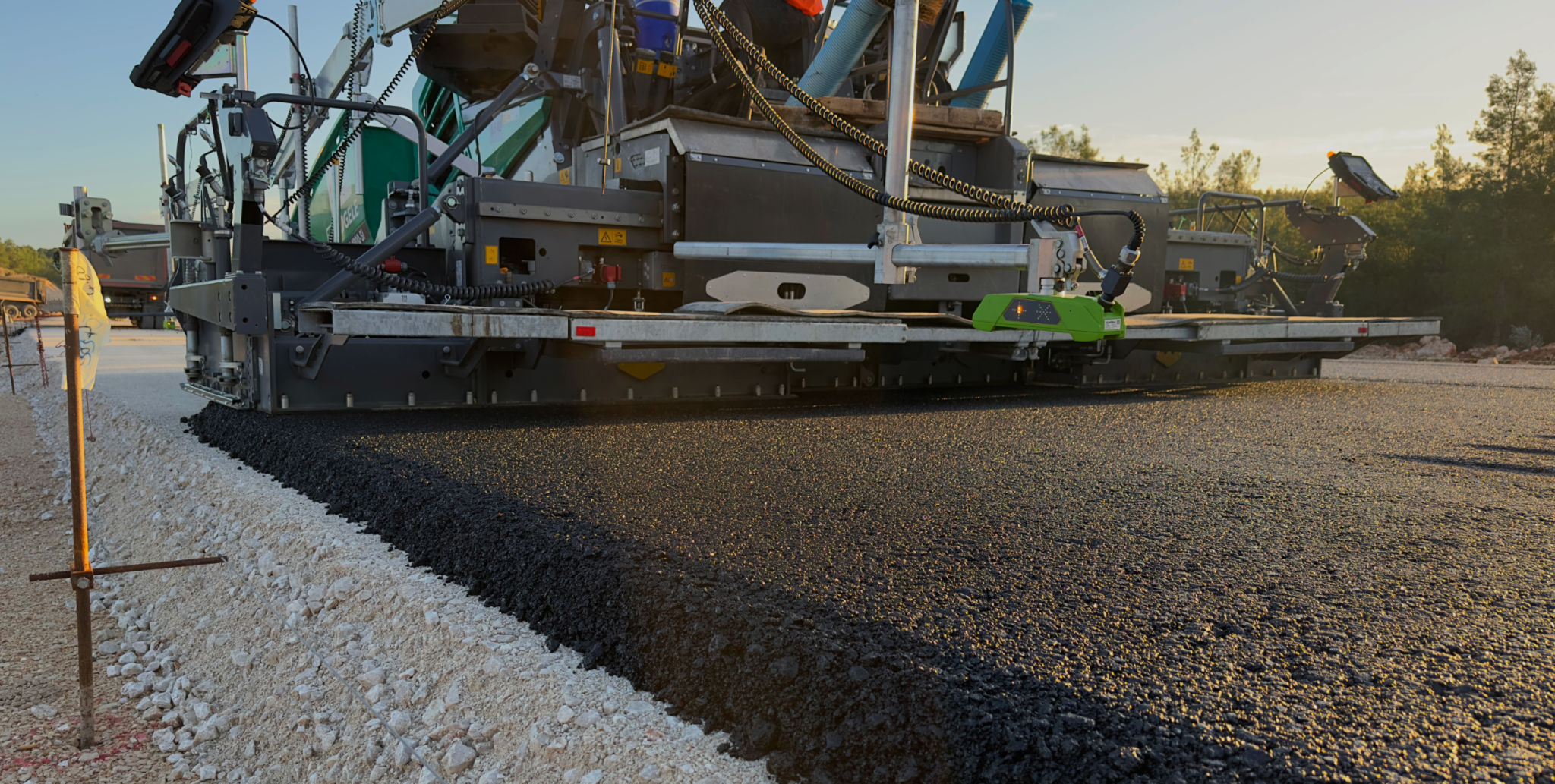Understanding the Road Construction Process: Key Stages and Considerations
KT
Introduction to Road Construction
Road construction is a complex process that involves various stages and considerations to ensure durability, safety, and efficiency. Understanding these stages can provide insights into how roads are built and maintained. This knowledge is crucial for professionals in the field, as well as for citizens who wish to be informed about infrastructure developments in their area.
Whether it's a new highway or local street improvements, road construction requires careful planning and execution. Each stage of the process plays a vital role in the overall success of the project.

Planning and Design
The first step in road construction is thorough planning and design. This stage involves conducting feasibility studies, environmental assessments, and traffic analysis to determine the best route and design for the road. Engineers and planners consider factors such as topography, soil conditions, and existing infrastructure.
During this phase, detailed plans and specifications are created. These documents outline the technical requirements for the construction, including materials, dimensions, and timelines. Stakeholder consultations are also conducted to address any concerns from the community or environmental agencies.
Environmental Considerations
Environmental assessments are a crucial part of the planning process. These assessments evaluate the potential impact of road construction on local ecosystems and wildlife. Measures are taken to minimize negative effects, such as incorporating wildlife crossings or adjusting the route to avoid sensitive areas.

Site Preparation
Once planning is complete, the next step is site preparation. This involves clearing vegetation, removing existing structures, and leveling the ground. Proper site preparation ensures a stable foundation for the road, which is essential for its longevity.
Excavation may be necessary to remove unsuitable soil or rock. In some cases, additional fill material is brought in to create a stable base. Drainage systems are also installed during this phase to manage water runoff and prevent erosion.
Utilities and Infrastructure Considerations
During site preparation, it's important to consider existing utilities and infrastructure. Teams must locate and protect water lines, electrical cables, and other services to prevent damage during construction. Coordination with utility companies is often required to relocate or reinforce these services.

Pavement Construction
The pavement layer is crucial for providing a smooth and durable surface for vehicles. This stage involves laying the base course, which consists of compacted gravel or crushed stone. The base course provides structural support and helps distribute loads evenly.
After the base course is prepared, the asphalt or concrete surface layer is applied. Asphalt is commonly used for its flexibility and ease of repair, while concrete offers greater durability in high-traffic areas. Each material has its benefits, depending on the specific requirements of the road.
Quality Control and Safety
Quality control measures are essential during pavement construction to ensure that materials meet specified standards. Regular inspections and testing are conducted to verify compaction levels, thickness, and material composition. Safety protocols are also enforced to protect workers and minimize risks on-site.

Final Touches and Maintenance
Once the pavement is complete, final touches such as road markings, signage, and lighting are added. These elements enhance safety and guide drivers effectively. Landscaping along the roadside may also be included to improve aesthetics and support environmental goals.
Maintenance is an ongoing consideration for any road construction project. Regular inspections, repairs, and resurfacing are necessary to extend the lifespan of the road and ensure it remains safe for public use. By understanding these key stages and considerations, stakeholders can appreciate the complexity and importance of road construction projects.
